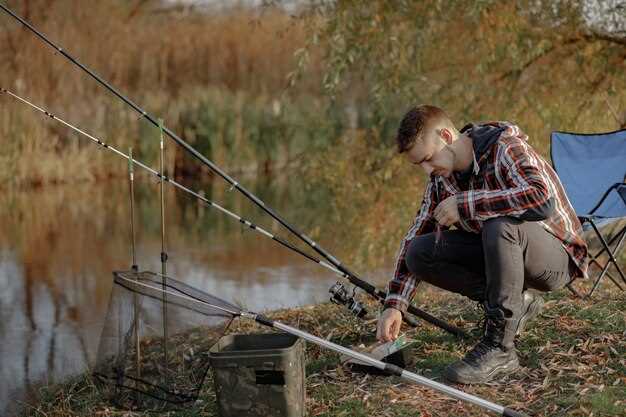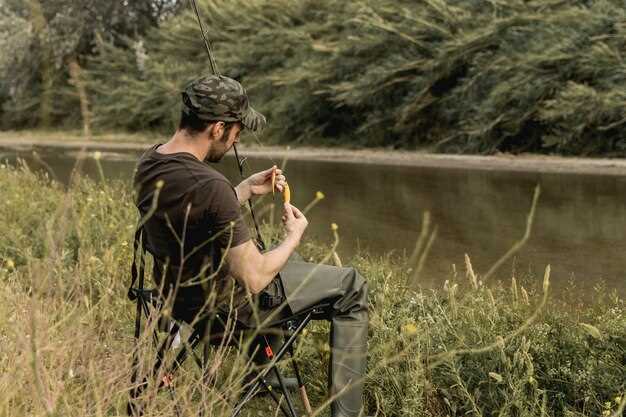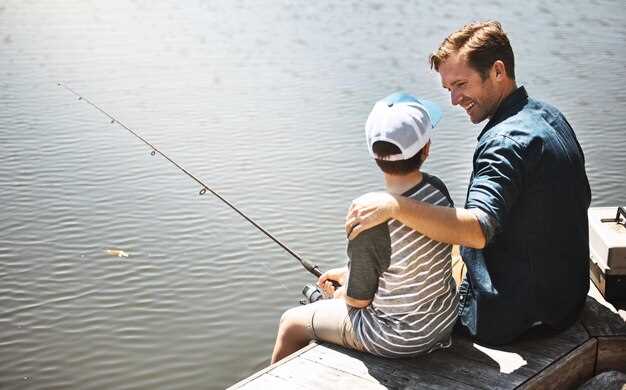
For those new to the world of fishing, combining it with kayaking can enhance the experience, offering adventure and freedom on the water. Mastering the basics of gear selection and understanding how to effectively maneuver your kayak are essential steps toward becoming a successful kayak angler. This guide is designed to help beginners navigate their first excursions, ensuring a productive and enjoyable fishing trip.
Choosing the right gear plays a significant role in your success as a kayak fisherman. Lightweight rods, suitable tackle, and durable line can make a difference when casting in tight spaces or reeling in your catch. Moreover, selecting a stable and comfortable kayak that accommodates your fishing requirements will enhance your overall experience and allow you to focus on what really matters: catching fish.
Understanding the unique dynamics of fishing from a kayak is equally important. Techniques such as locating fish, choosing the right spots, and adapting your style to the water conditions will set you apart as an angler. By familiarizing yourself with the specific challenges and opportunities presented by kayak fishing, you’ll be better equipped to make the most of your time on the water.
Choosing the Right Kayak for Fishing Adventures

Selecting the right kayak for fishing is crucial for a successful fishing experience. The first consideration is the type of kayak. There are primarily two types: sit-on-top and sit-inside kayaks. Sit-on-top kayaks offer stability and easy access to fishing gear, making them popular among anglers. They allow for quick entry and exit, which is advantageous when you need to reach your gear or land a catch.
Another important factor is the kayak’s size and weight capacity. Ensure the kayak can comfortably accommodate your weight along with your fishing gear. Check the manufacturer’s specifications for weight limits and dimensions to ensure a proper fit. A kayak that is too small may compromise your stability in the water, while one that is too large can be difficult to maneuver.
Storage options are also vital when choosing a fishing kayak. Look for models that provide adequate space for your fishing gear, coolers, and any additional equipment you may need. Built-in hatches and compartments can help keep your gear organized and safe from water exposure.
Stability and tracking are crucial for fishing. A wider kayak typically offers better stability, which allows you to cast lines without fear of tipping over. Additionally, a kayak with good tracking will make it easier to paddle across lakes or rivers without excessive effort. Test different models in the water if possible to gauge their handling and comfort.
Lastly, consider accessories that can enhance your fishing experience. Many fishing kayaks come equipped with rod holders, anchor systems, and adjustable seats. These features can improve your efficiency while fishing, allowing you to focus more on catching rather than managing your boat.
In summary, when choosing a kayak for fishing, prioritize stability, storage, and design that complements your fishing style. Making an informed choice will significantly enhance your fishing adventures.
Must-Have Gear for Successful Kayak Fishing
To enhance your kayak fishing experience and increase your chances of catching fish, having the right gear is essential. First and foremost, invest in a quality kayak designed for fishing. Look for features like stability, ample storage, and comfortable seating that allow you to fish for prolonged periods without discomfort.
A reliable tackle box is another essential piece of gear. It should be waterproof and organized to keep your lures, baits, and tools easily accessible. Consider including a variety of fishing tackle, such as hooks, sinkers, and soft plastics, to adapt to different fishing conditions and species.
Additionally, a good fishing rod and reel combo tailored to the type of fish you are targeting is crucial. Choose lightweight options that provide sensitivity and balance for better control. Don’t forget to select an appropriate fishing line that matches your setup for optimal performance.
Safety gear cannot be overlooked when kayak fishing. Always wear a personal flotation device (PFD) and consider equipping your kayak with a whistle, flare gun, or other safety signaling devices. A paddle leash is also beneficial to avoid losing your paddle in the water.
Finally, a fishing pliers or multi-tool will help you manage your catches efficiently, from removing hooks to cutting lines. With these must-have gear essentials, you’ll be well-prepared for a successful day on the water, improving your fishing skills and overall enjoyment.
Techniques to Improve Your Casting and Reeling

When kayak fishing, mastering your casting and reeling techniques can significantly enhance your success rate. Start with choosing the right gear; a lightweight rod paired with a smooth reel can make a considerable difference in your overall experience. A shorter rod can provide more control, especially in the confined space of a kayak.
Practice your casting technique on land before hitting the water. Focus on your stance and grip; a stable base will help you generate better accuracy and distance. Use an overhead or sidearm cast, depending on the conditions. Overhead casts work well for long distances, while sidearm casts are effective for close-range targets, particularly when maneuvering around obstacles.
Adjust your casting angle according to the target area. If you’re fishing near cover, casting low and parallel to the water can help you avoid spooking fish. Aim for pockets of water that appear promising, such as spots with visible fish activity or submerged structures.
Once your bait is in the water, the reeling technique becomes crucial. Develop a consistent retrieve speed that mimics the movement of prey, adjusting it based on the fish species you’re targeting. Experiment with stop-and-go motions or varying your reel speed to entice fish. Using braided line can improve sensitivity, allowing you to detect even the slightest nibble.
Stay alert while reeling in your catch. Keep your rod tip elevated to maintain tension on the line and prevent the fish from shaking free. If a fish makes a sudden run, release some line to avoid breaking it. Practicing these casting and reeling techniques regularly will refine your skills and increase your chances of landing more fish while kayak fishing.



